DVT, or deep vein thrombosis, is a very common disease. Leaving this problem undiagnosed and untreated can even lead to life-threatening pulmonary embolism, which accounts for 15% of all sudden deaths. Nevertheless, several effective measures are known that you can take to prevent the negative effects of thrombosis. In addition to knowing its symptoms and causes, you also need to be aware of certain natural remedies that you can use to prevent this disease from occurring or to ease its course. For example, it is important to know and consume blood thinners and blood clots.

What is thrombosis?
When a person is healthy, the funnel of the pulmonary artery deoxygenates blood, which is pumped from the heart to the lungs, where it receives oxygen during your breathing. Then the blood carries it throughout the body. For this process, we have two types of veins - superficial, which we can see, and deep, which are hidden deep in our body. When deep vein thrombosis begins to develop, blood clots form in them, especially on the legs. If these clots come off and are transported through the bloodstream, they can enter the lungs along the pulmonary artery, causing a blockage known as pulmonary embolism (literally, a blockage in the lungs).
Symptoms of the disease
Well-known are some symptoms of deep vein thrombosis that need to be considered:
- severe swelling of one or both legs;
- a feeling of heaviness or pain, especially in the legs;
- skin areas of a higher temperature;
- redness or unnatural blanching of the back of the leg below the knee;
- enlargement or expansion of superficial veins;
- pain when you bend your knees.
It is also worth noting that approximately half of people suffering from thrombosis do not observe any signs for a long time. If you experience any of the above symptoms, it is strongly recommended that you immediately consult a doctor and consult what is possible with thrombosis and what is not.
Causes of DVT
The most commonly cited cause of thrombosis is that a person sits or remains motionless for a long period. At risk are those who have suffered from a prolonged illness that impedes normal movement, or who lead a sedentary lifestyle. In these cases, blood coagulation is much more likely.
Thrombosis can occur in healthy people, but smokers with heart failure, stroke, or cancer are thought to be at greater risk of developing this disease. This condition can also occur in pregnant women and women who have recently given birth, in people who have undergone recent surgery, a leg or pelvic injury. People who inherit certain metabolic problems (for example, a deficiency of certain types of protein, dysphibrinogenemia, etc.) should undergo regular examination.
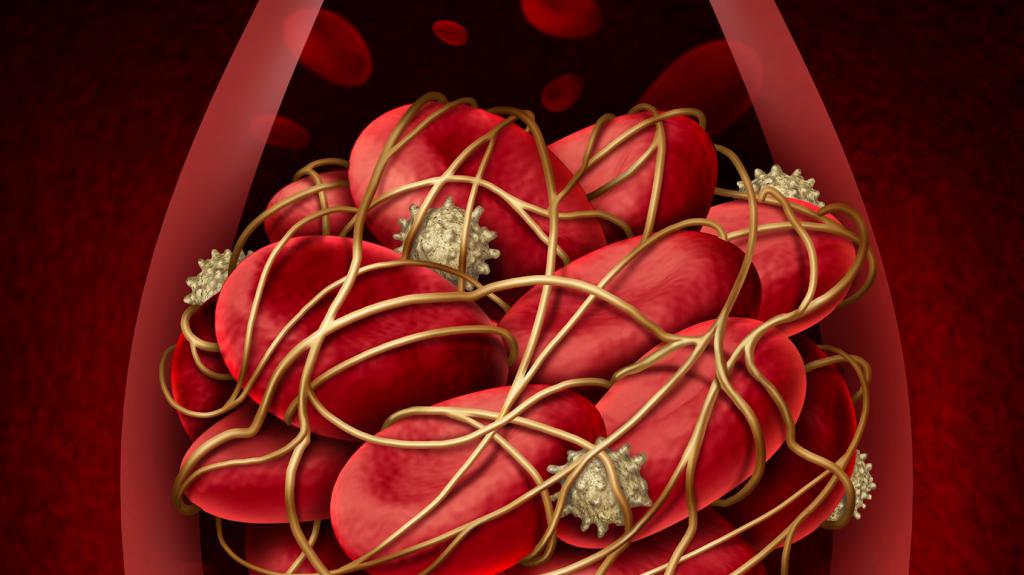
Products provoking the development of the disease
Some studies have shown that people who often eat red or processed meat are at a 10–20% higher risk of developing thrombosis. It is possible that foods saturated with fat may activate a blood coagulation agent. Therefore, in high-risk environments, such as flying, it is suggested that you consume foods high in omega-3 and vitamin E (such as fish, nuts, avocados and sunflower seeds), as well as increase your intake of magnesium, vitamin C, and phytochemicals.
Green tea also directly affects blood coagulation because it contains a significant amount of vitamin K. For this reason, the blood may thicken excessively if you abuse this drink. In general, tea with thrombosis is not prohibited, but its quantity should be limited.
In addition, it has been proven that regular consumption of alcoholic beverages increases the risk of developing this disease. That is why alcohol is contraindicated in thrombosis, with the exception of a small amount of dry wine.
How is this disease treated?
The treatment includes:
- Blood thinners: either anticoagulants (such as Heparin and Warfarin), which reduce the rate of clot formation, or antiplatelet drugs (such as Aspirin), which prevent the formation of blood cells, are prescribed.
- Blood clot dissolving drugs: powerful heart medications that are administered intravenously to break blood clots.
- IVC filters: temporary or permanent devices inserted into the inferior vein (the largest vein in the body) to trap clots.
- Compression stockings provide lower pressure around the knees and higher pressure of the ankles to improve blood flow.
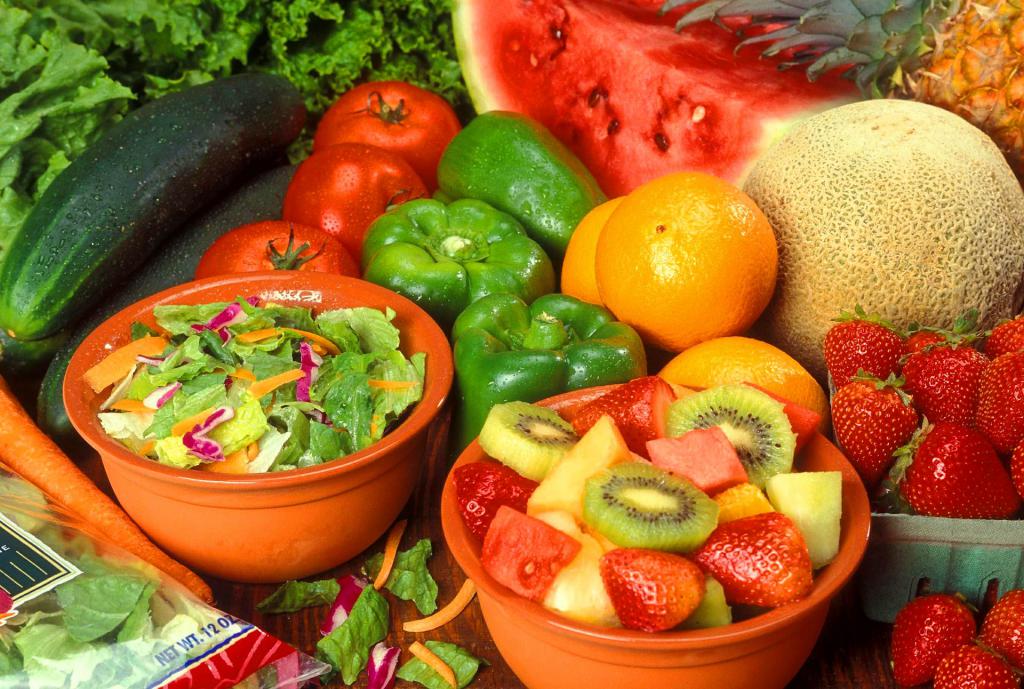
Natural remedies for preventing DVT
It is important to maintain balance in the body so that your blood does not become too thick or too liquid. So, the daily diet diet for thrombosis of the veins of the lower extremities should include both vitamin E and vitamin K, because the first promotes the formation of new blood, while the second helps to improve its composition. Consume the following foods in moderation to keep your body in good condition.
Cayenne pepper
It is an incredibly strong natural painkiller and blood thinner that is just perfect for a diet for thrombosis. It contains capsaicin as an active agent that lowers blood cholesterol, as well as fibrin, which is necessary for clot formation. It also greatly helps the heart, improving its performance and complementing it with the energy that it needs. However, the use of cayenne pepper should be avoided by pregnant and lactating women.
Garlic
This vegetable has long been known as an antithrombolytic product. He, of course, is included in the list of products that thin the blood and prevent the formation of blood clots. In addition, it lowers blood pressure. If you eat two or three raw garlic cloves before breakfast and use garlic regularly when cooking, you will improve your health.
Ginger
Many people know that lemon water can be a vital drink, but ginger is also a natural blood thinner. Why not try adding a large glass of lemon water with chopped ginger to your morning breakfast? Brew a few cups of ginger tea throughout the day to make sure you get the maximum amount of nutrients on your diet for deep vein thrombosis.
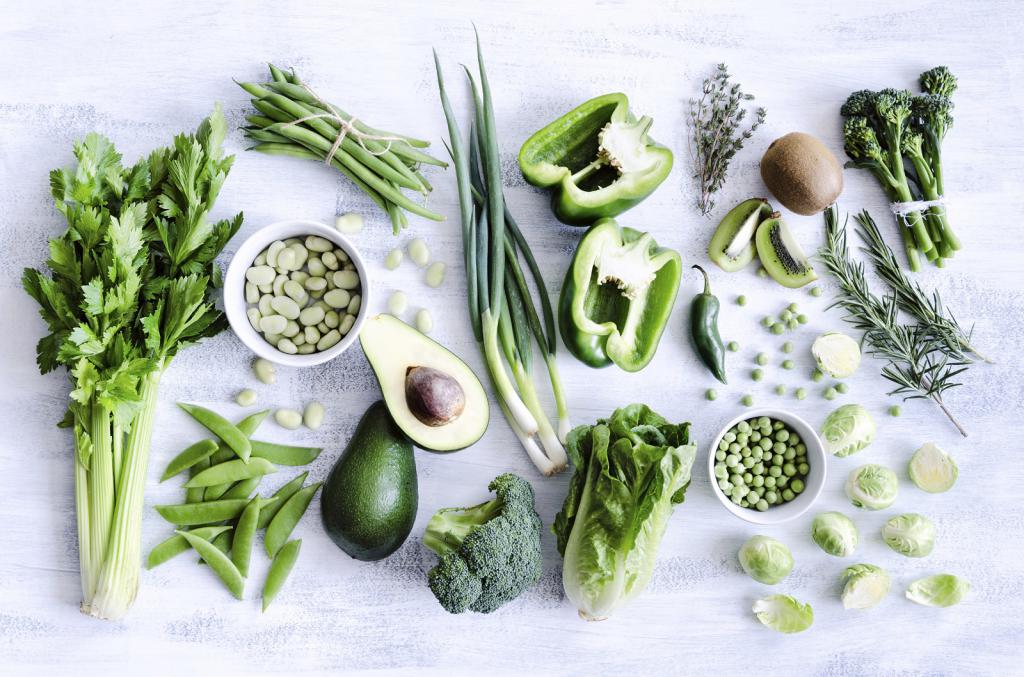
Broccoli
Since this product is rich in fiber, it is highly recommended for those who suffer from cardiovascular problems. In addition, eating broccoli provides many other health benefits. This vegetable is especially useful in its raw form. So always think, why not treat yourself to a crispy green broccoli salad?
Celery
As you know, you burn more calories than you consume if you eat celery. This healthy plant can also help keep stress hormone (cortisol) levels in check, preventing thinning of blood vessels. Excessive levels of cortisol in the blood can trigger memory impairment, weight and cholesterol levels, heart disease, and many serious health problems. That is why celery is an excellent natural medicine, which should be a regular nutrient in thrombosis.
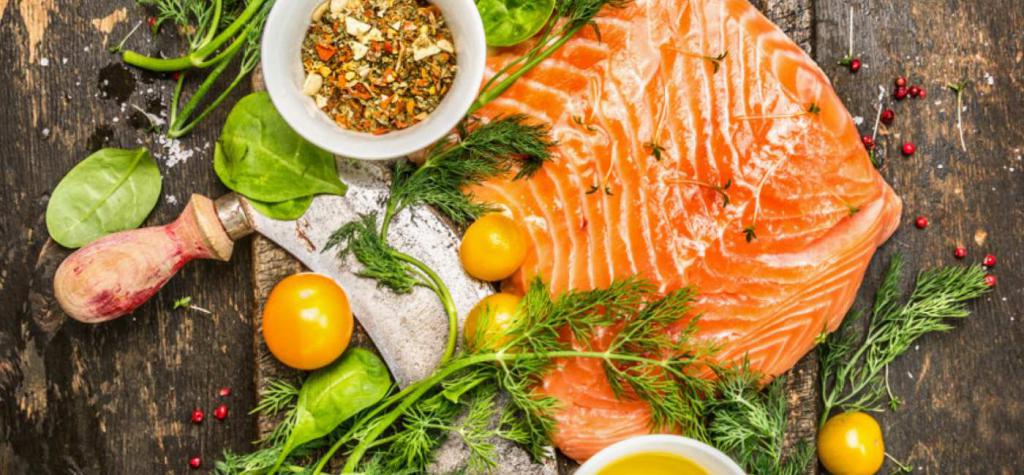
Vitamin C Rich Foods
Vitamin C helps maintain a good state of blood vessels, so the body's blood circulation works well. Eat plenty of fresh fruits and vegetables to make sure you get enough of this compound in your diet. The most common fruits and vegetables rich in vitamin C are strawberries, pineapples, kiwi, oranges, melon, papaya, bell pepper, Brussels sprouts and cauliflower. They should be essential elements of a diet for thrombosis.
Spinach
This green product will help keep your blood pressure at a safe level due to its high fiber content. Spinach also contains many nutrients, such as magnesium, potassium and folic acid. Maintaining a healthy level of your blood pressure is essential to maintaining proper blood circulation.
However, spinach is rich in vitamin K, which can thicken blood, so you should eat it in moderation, and it is advisable to balance your meals by adding foods rich in other vitamins. In the end, you should prevent excessive blood clotting. Therefore, be careful with this product for thrombosis.
Rosemary
Rosemary contains the flavonoid diosmin, which helps blood flow, minimizing the fragility of capillaries. In addition, this product is rich in vitamin B6, which helps the protein work in red blood cells - hemoglobin. It is he who carries oxygen throughout the body. In addition to a diet for thrombosis, rosemary can be used to prevent hair loss.
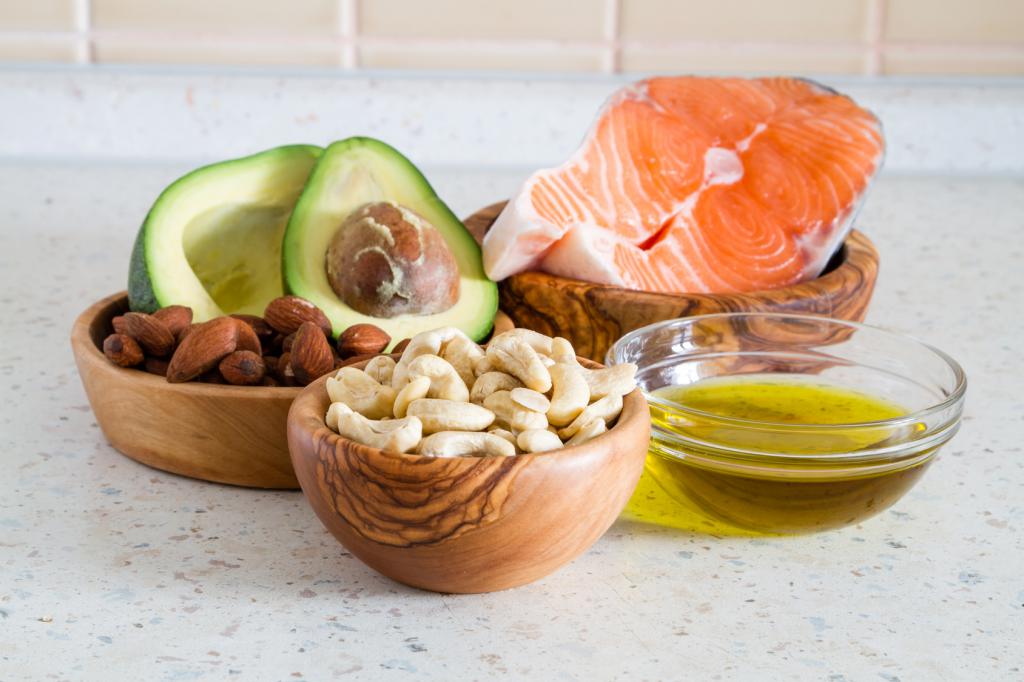
Omega 3 Fatty Acids
Present mainly in fish, healthy omega-3 fats can hold cholesterol levels, which can prevent blood clotting. Eat fish two or three times a week, including anchovies, salmon, tuna, mackerel, lake trout or herring in your diet. You will also get many other health benefits.
Foods Rich In Vitamin E
Vitamin E has special antiplatelet and anticoagulant properties that are effective in preventing blood clots. Therefore, when forming a diet, buy foods rich in this compound. These are avocados, olive oil, whole grains, sunflower seeds, walnuts, almonds, coconut and hazelnuts. They should be permanent elements of the diet for thrombosis.
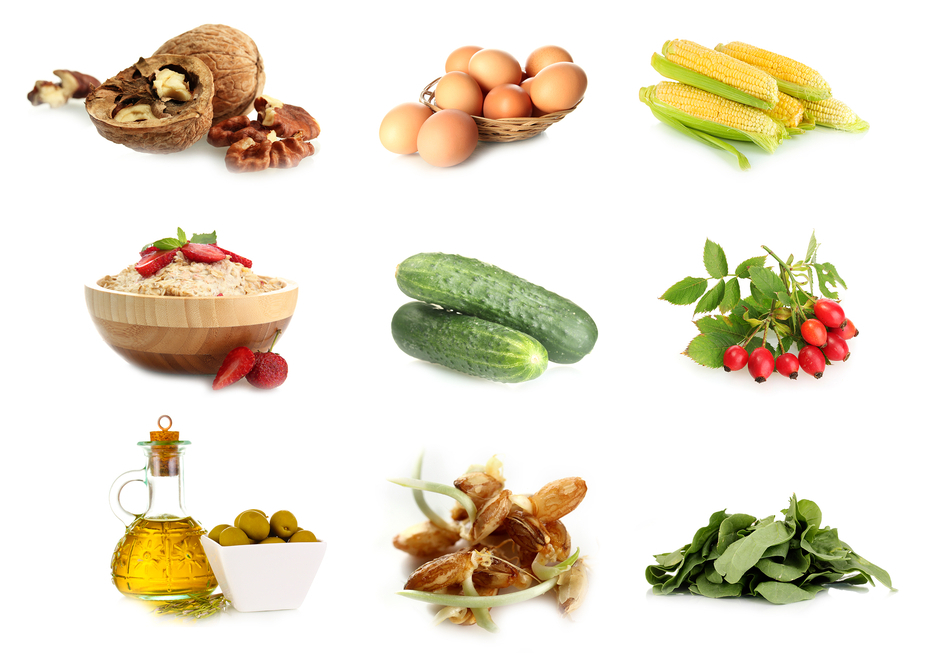
Turmeric
The active ingredient in turmeric is curcumin, which also acts as a natural blood thinner and circulatory enhancer. Enjoy the taste of the East with this old Indian spice by adding a teaspoon of its powder in a glass of hot milk with a drop of honey for sweetness.
Culinary Recipe Example
As can be understood from the above, the diet for thrombosis plays an important role in the treatment of the disease. In addition to the use of natural fortified foods that have positive properties, you can cook various healthy dishes. One of them is a spicy green smoothie. To cook it, you will need:
- 2 cups chopped spinach;
- 1 apple or pear;
- 1 stalk of celery;
- 1 teaspoon cayenne pepper;
- juice of half a lemon;
- 3/4 cup of water;
- 1 clove of garlic.
To prepare this healing dish, simply mix the ingredients in a blender and enjoy the taste. In general, you should eat as much plant food as possible, limiting the amount of animal foods, especially those rich in saturated fats. And of course, you should abandon bad habits.